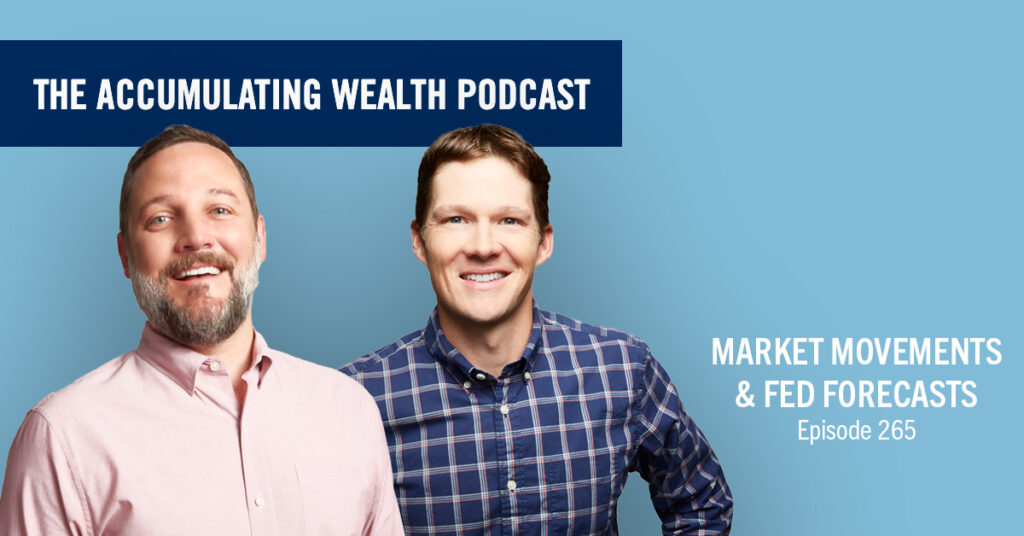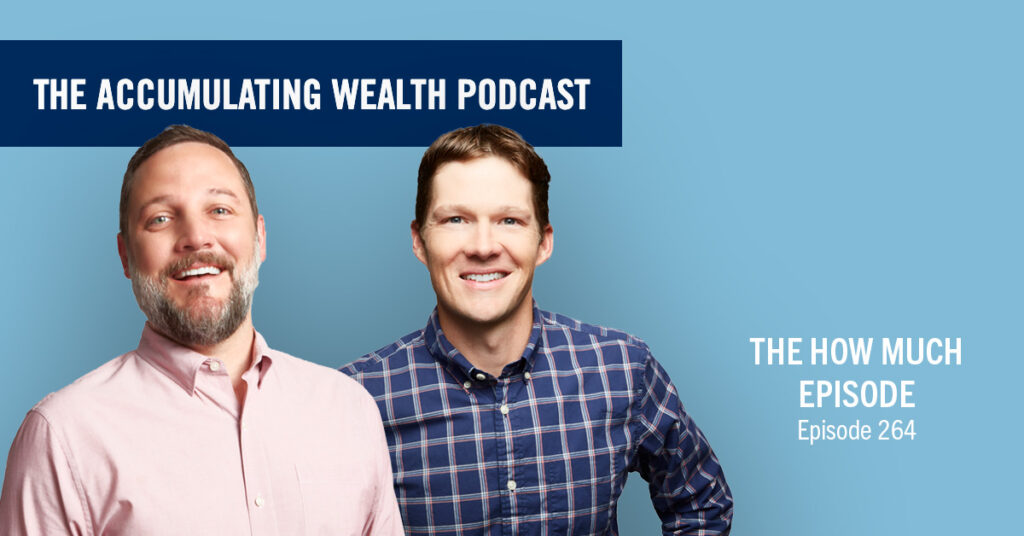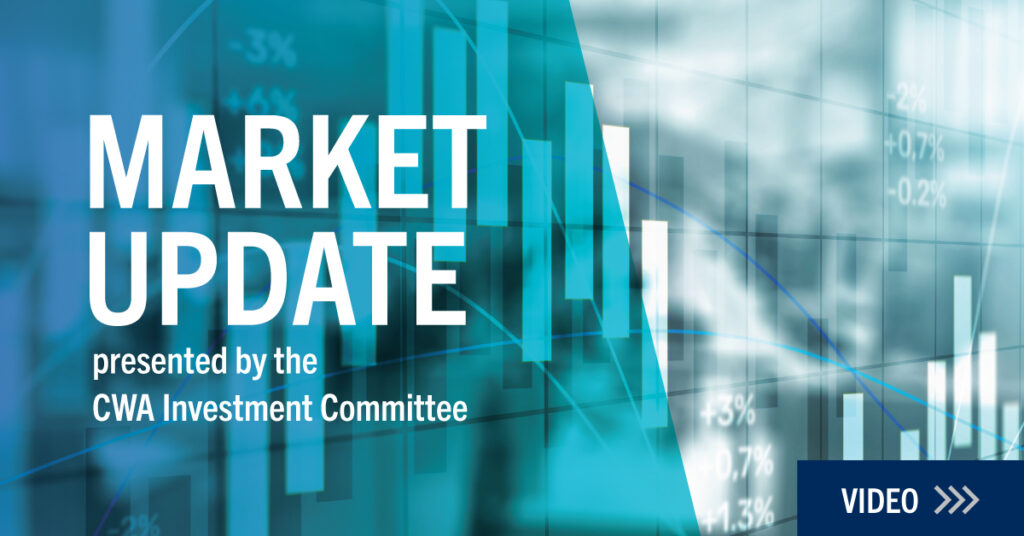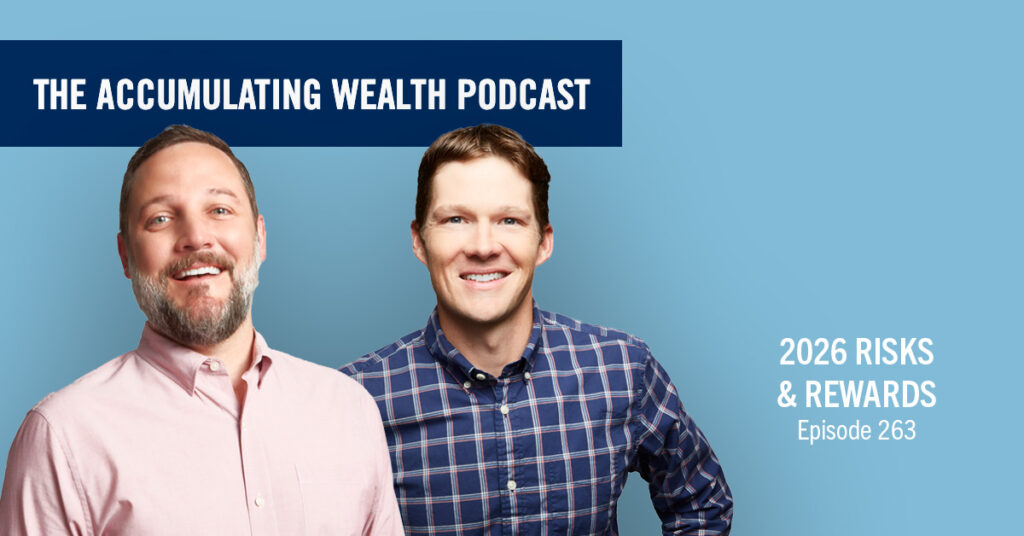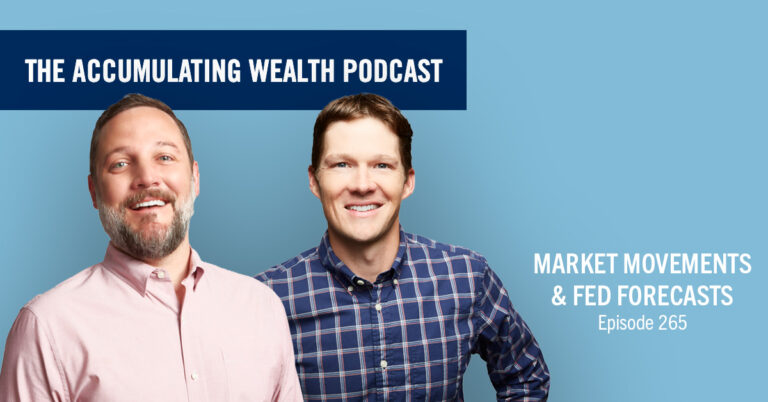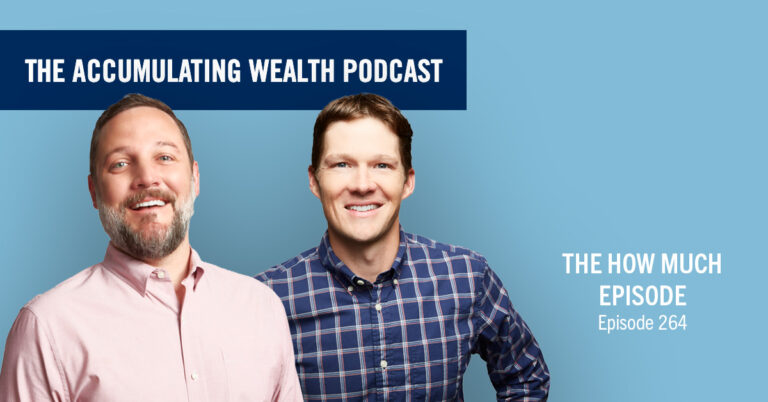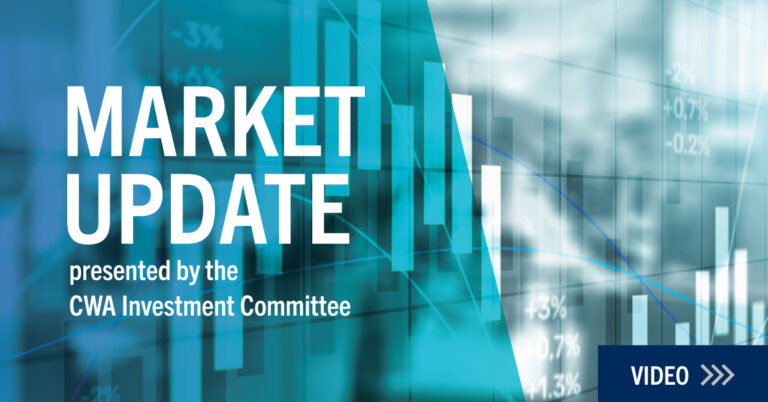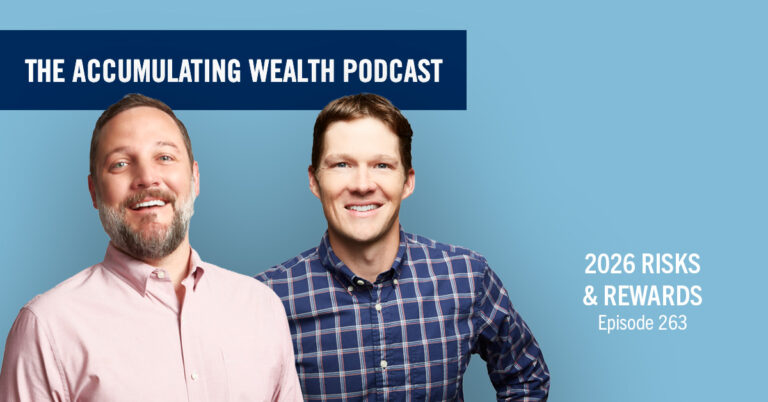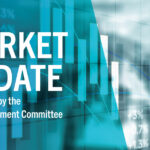Will your current risk profile get you to your goals?
Key Takeaways
- The bear market hung around for 248 days, costing investors an estimated $3 trillion.
- Investment risk profile should have nothing to do with the current boom or bust market.
- If you were out of the market for 30 of the top trading days, your annualized return would go from 9% to zero.
- A proper plan should minimize risk in both the downturns and the upswings.
At long last, the market has finally broken free from the jaws of one of the longest bear markets in history. According to the Wall Street Journal, the bear hung around for 248 days, costing investors an estimated $3 trillion in retirement savings at one point in 2022.
Historically, the average bear market lasts 13 months, making this one particularly tough on older investors embarking on or already in retirement, as well as young investors who may never have experienced a bear’s bite quite like this one before.
Now that all indications are pointing toward better days ahead, many investors are reevaluating their risk tolerance, either skewing more conservatively to insulate themselves from another market tumble or going more aggressively to take advantage of the possible bull market ahead.
So now the million-dollar question becomes: which approach gives investors the best chance of maximizing returns and minimizing risk moving forward?
According to Brian Bortz, Partner and CPA at CWA, reassessing your investment risk profile should have nothing to do with the current boom or bust market dynamics—and everything to do with your individual investment goals.
“With my clients, I try to shift the narrative away from focusing specifically on how much risk they can stomach, focusing instead on creating their near-and long-term wealth goals,” says Brian. “Their risk tolerance is naturally baked into the plan we create to reach those goals.”
Not that understanding your personal tolerance for risk isn’t a factor, especially for the self-directed investor. According to Brian, where the go-it-alone investor often falls short is, they tend to bring emotion into the equation, and it affects the decisions they make.
“The key is to be unemotional about your money, which I realize is impossible,” says Brian. “But as a financial planner, I can be objective about your money, which leads us to make decisions that serve the long-term goals we set, not the near-term market bounces or dips.”
MINIMIZING RISK VERSUS MANAGING EMOTION
So how do investors take emotion out of the decision? Brian sees two ways. One, make a solid game plan that takes into consideration your near-term, long-term and post-retirement goals. Then, get better at disassociating yourself from the everyday movement of the markets. Just stick to the plan. Easier said than done, right?
The second way is to find a trusted advisor who can help you build a wealth plan based on your age, lifestyle and goals. A proper plan should minimize risk in both the downturns and the upswings, thus taking emotions out of the equation.
Did you catch the nuance there? Brian suggests minimizing risk in downturns and during upswings, because being overly aggressive during upswings can increase risk as well.
“At CWA, we focus more on minimizing downside versus maximizing returns. We set a goal and focus on achieving that goal with the least amount of risk possible,” says Brian. “If the market is up 18% and we got a client 16%, we’re not down on ourselves. Because our financial plan doesn’t need 16% to succeed, and we’ve minimized the downside.”
How important is protecting the downside? Think about it like this: If you lose 50% in a down market, then see a 50% increase when it comes back up, you’re only halfway back. You have to have a 100% return to get back to that zero point, which could take much longer. The more you can minimize the losses, the easier it is to get back to where you were and then go beyond it.
“The trick is to plan for those bad times before they happen, so when they do, you don’t have to make an emotional decision,” added Brian.
THE BIGGEST RISK OF ALL
Regardless of whether you’re a conservative or an aggressive investor, Brian says the biggest risk investors face is simply not being in the market at all.
“Pulling your money out of the market as things turn south might seem like a smart, conservative move,” says Brian. “It’s not. In fact, it’s the riskiest thing you can do with your money.”
The reason is twofold. One, when you’re timing the market, you have to be right twice. Maybe you nail the get-out point, but the market doesn’t go as low as you thought and suddenly shoots back up. You can’t buy in because everything is overpriced. Conversely, you buy at a false bottom, then the market goes even lower, and you’ve erased the smart move you made getting out on time.
“It’s incredibly hard to time the market, even for the best financial minds,” says Brian. “Things happen we can’t predict, like planes flying into buildings or a country being invaded. You might time it right once, but chances are you’re not going to do it twice.”
The other reason is, as the kids say, FOMO — fear of missing out. Based on a 20-year Bloomberg study, if you were out of the market for 30 of the top trading days, your annualized return would go from 9% to zero. To make timing the market even tougher, many top days happen closely on the heels of a down market when investors are still hesitant to jump back in.
“We have set triggers at CWA, where if the market goes down 25% or more, we don’t sell and sit on the sidelines,” says Brian. “We reallocate, putting money in something that minimizes the downside and give us more upside on the way back up.”
FINAL THOUGHT
When thinking about your risk profile, Brian says investors should consider your ENTIRE investment horizon, which, contrary to popular belief, continues even after you retire. According to Brian, many investors have their investment horizon ending at 62 or 65, and they make risk decisions based on that.
“In reality, your investment horizon keeps going long past retirement. It should encompass goals not only in retirement, but for perpetuating your wealth to your loved ones and charities you care for,” says Brian. “That’s why it’s so important to have an advisor help you through the stages, minimizing risk and optimizing returns to help you reach your goals.”
To talk through your own risk profile or to get answers to any other business or personal finance question, a CWA advisor is always here to help. Set up your free consultation today.



